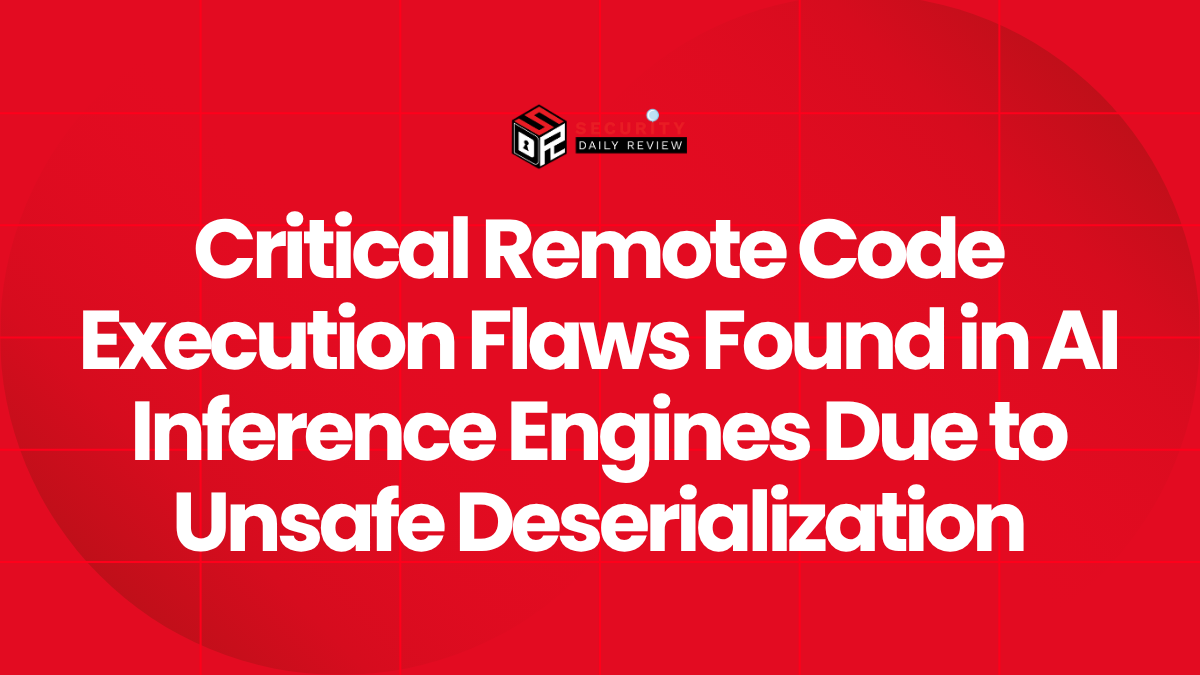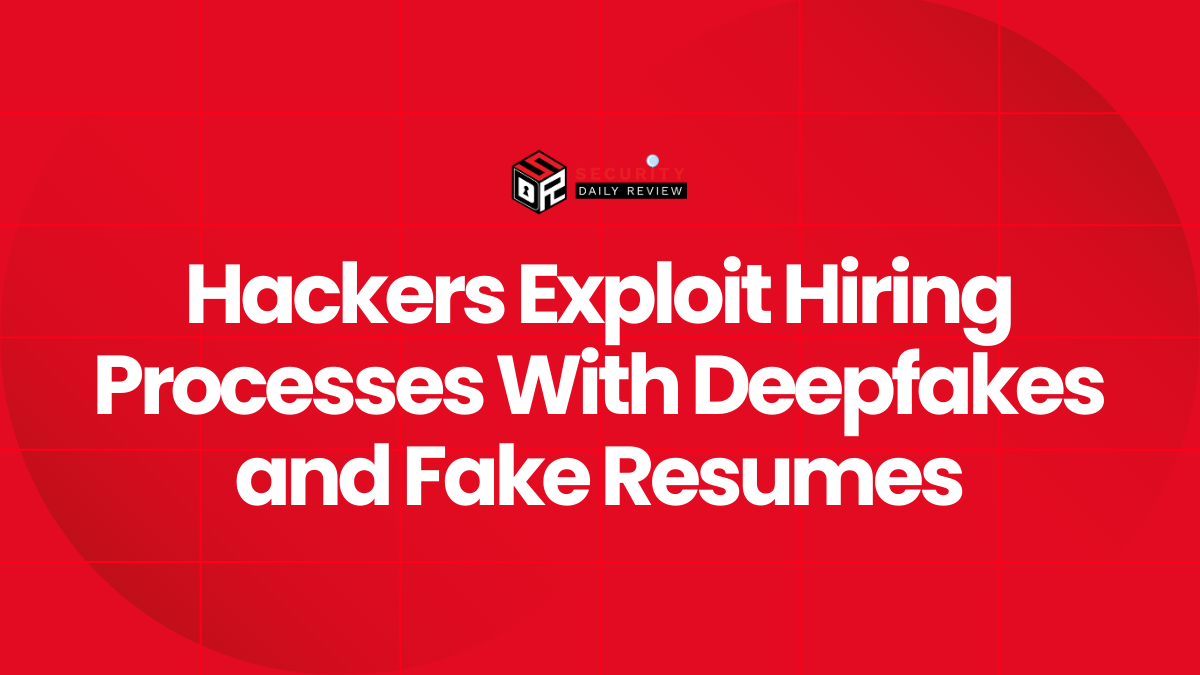As artificial intelligence (AI) models grow more ubiquitous and powerful, the infrastructure supporting them attracts the attention of not only innovators but also threat actors. Recent discoveries reveal critical vulnerabilities in several widely used AI inference engines—including those developed or maintained by Meta, Nvidia, and Microsoft—that could allow attackers to execute arbitrary code remotely.
At the heart of these vulnerabilities lies the unsafe combination of the ZeroMQ (ZMQ) messaging library and Python’s pickle module, a serialization tool known for its flexibility—and security risks. The vulnerabilities impact inference engines like TorchServe and vLLM, which are used to deploy and scale machine learning models, highlighting a gaping security omission in the AI deployment toolchain.
Vulnerabilities Enable Remote Code Execution Across Popular AI Inference Engines
The discovery highlights systemic risks in how AI inference engines handle data serialization and messaging.
Several inference engines, including Meta’s TorchServe, open-source projects like vLLM and SGLang, Nvidia’s Triton Inference Server, and Microsoft’s ONNX Runtime, have been identified as vulnerable. These engines typically rely on ZMQ to communicate between components and use Python’s pickle module to serialize and deserialize messages.
The vulnerability stems from this insecure deserialization pattern. If an attacker can manipulate input to a pickle deserialization function, they can cause the system to execute arbitrary Python code. When combined with a messaging library like ZeroMQ that handles external input, this creates a straightforward remote code execution (RCE) vector.
“These vulnerabilities all traced back to the same root cause: the overlooked unsafe use of ZeroMQ (ZMQ) and Python’s pickle deserialization,” researchers said.
This vulnerability class is not new to the cybersecurity community but has gained renewed significance due to its emergence in critical AI infrastructure. The use of insecure deserialization in systems exposed to untrusted input has long been known to lead to arbitrary code execution.
Attack Vectors Threaten Both Cloud and On-Prem AI Deployments
AI workloads face growing attack surfaces as inference engines interface with client systems.
In practical terms, these flaws impact a wide range of deployment environments:
- Cloud-hosted inferencing endpoints that receive requests from APIs and external clients
- On-premise inference engines running in enterprise environments
- Open-source AI stacks integrated via custom pipelines
Researchers demonstrated that attackers can craft payloads that, once received by the vulnerable inference engine over ZeroMQ, trigger execution of malicious code on the host system. This RCE potential represents a severe risk, particularly in multi-tenant or internet-facing systems processing untrusted user inputs.
Crucially, many organizations integrating AI into their products rely on these engines as drop-in components, often with little scrutiny of the internal security model. This creates the illusion of safety, while unsafe defaults—like using pickle without validation—leave systems exposed.
Mitigations Require Replacing Unsafe Defaults Within AI Ecosystems
Tooling improvements and user education will be critical in securing machine learning infrastructure.
Project maintainers and vendors are responding to these vulnerabilities with patches and guidance. For example:
- Meta’s TorchServe has updated its communication mechanisms to mitigate insecure deserialization
- The vLLM and SGLang teams are providing patched versions with safer design patterns
- Nvidia and Microsoft are updating their inference engines and issuing security notifications
Mitigation strategies pursued include:
- Replacing pickle serialization with safer alternatives such as JSON or Protobuf, which restrict executable code payloads
- Authenticating and validating serialized input before processing
- Sandboxing components that require untrusted data inference
While these steps address immediate risks, the incident highlights the broader need for secure-by-design practices in AI tool development. AI security is often focused on model robustness or adversarial input detection. However, this event demonstrates how underlying application security issues—like unsafe deserialization—can threaten even robust machine learning models.
AI Security Must Prioritize Infrastructure-Level Threat Models
Deserialization vulnerabilities serve as a cautionary tale for the fast-moving AI tooling ecosystem.
The rush to scale and deploy large language models (LLMs) and machine learning capabilities has outpaced the development of hardened security postures within the tooling ecosystem. Libraries like ZeroMQ and pickle provide enabling capabilities but carry well-documented security caveats. In production AI systems, these low-level security risks can quickly become exploitable vectors if not addressed during system design.
This incident reinforces the importance of embedding application security best practices into AI infrastructure. Remote code execution vulnerabilities in inference engines have the potential to bypass traditional network defenses, escalate privileges, or establish persistent backdoors—especially when deployed at scale.
Going forward, security-conscious architecture must be a first-class concern for projects developing AI infrastructure. Embracing secure serialization, container isolation, and authenticated communications are just the beginning. Organizations integrating AI into critical services will need to audit not only the models they use but also the engines that run them.









